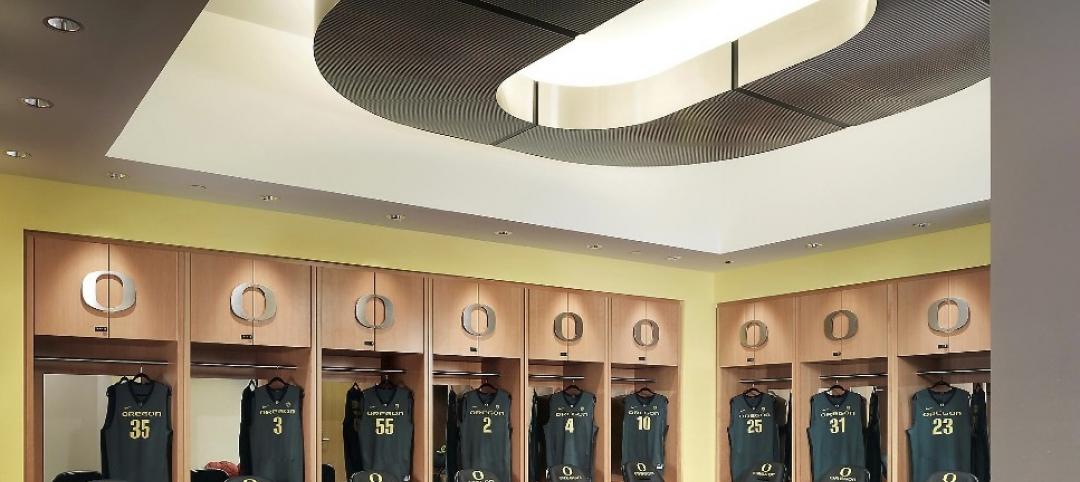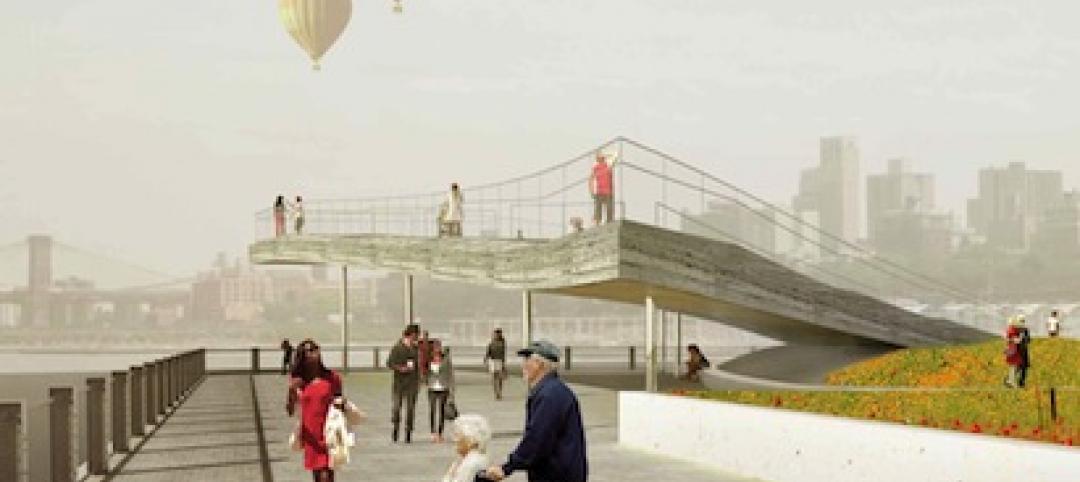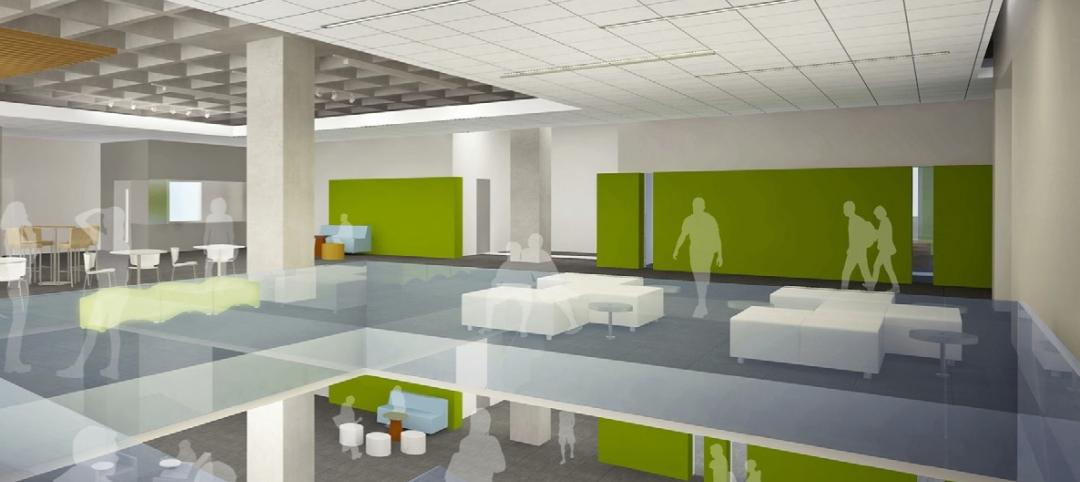When the arcade game Donkey Kong was released in 1981, it would have been impossible to predict the playable character, then known to American gamers as Jumpman, would go on to become the most famous and recognizable video game character of all time. Since his inception 36 years ago, Mario has branched out into his own series that has sold more than 210 million units worldwide.
Similarly, when the original Grand Theft Auto was released in 1997 as a top-down, open-world action game, no one could have predicted that 16 years later Grand Theft Auto V would break six Guinness World Records for entertainment sales, including the fastest entertainment property (that includes films and album releases) to gross $1 billion, a feat it achieved in just three days.
Video games have a way of over-performing and venturing into territory no one expected. The most recent example of this is seen in the meteoric rise of professional or competitive gaming, otherwise known as eSports, over the last decade. These live and virtual events pit the best gamers in the world against each other in popular games such as Dota 2, League of Legends, Counter Strike, and Call of Duty.
The frequency and scale of eSports competitions are gaining on traditional sporting events. The International 2017, a Dota 2 competitive gaming event, drew an audience of five million concurrent viewers and had a total purse of $24.6 million, including a $10.8 million prize for the winning team (Team Liquid of Utrecht, Netherlands). Gone are the halcyon days of initialed high scores on an arcade cabinet screen.
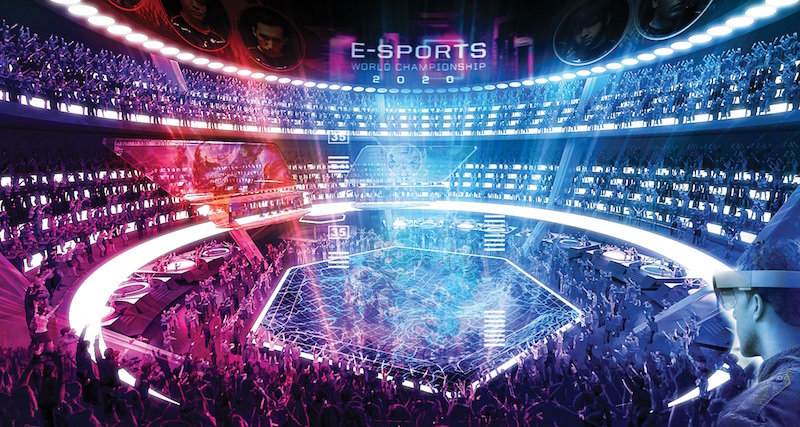 A holographic stage feature will help support and simplify the gameplay for the audience by providing a clean way to view complex peripheries, such as map information. Rendering courtesy Populous.
A holographic stage feature will help support and simplify the gameplay for the audience by providing a clean way to view complex peripheries, such as map information. Rendering courtesy Populous.
Billion-dollar market by 2020
According to the 2017 Global eSports Market Report, eSports revenue is expected to reach $696 million in 2017, a 41% rise over the 2016 figures. By 2020, that number will nearly double, to $1.3 billion, says the report’s author, eSports market research firm Newzoo.
The group puts the global eSports audience at 385 million, split evenly between “enthusiasts” and “occasional viewers.” The average direct spending per eSports fan on merchandise, tickets, and subscriptions was $0.33 in 2017. Compared to traditional sports, this is very low (basketball, for example, generates $15/fan worldwide). The problem, says Newzoo, is the fact that eSports content is still largely available for free, and the money spent on merchandise remains relatively small.
In order for fan spending to increase, fans need a reason to plunk down hard-earned cash on something they can easily stream at home for free. This means creating an environment that fans cannot easily replicate within the comfort of their own home.
There are a few dedicated eSports arenas stippled around the country—eSports Arena in Santa Ana, Calif., and Blizzard Arena LA in Los Angeles are the most prominent—but these venues barely scratch the surface of what an eSports arena can, and should, be.
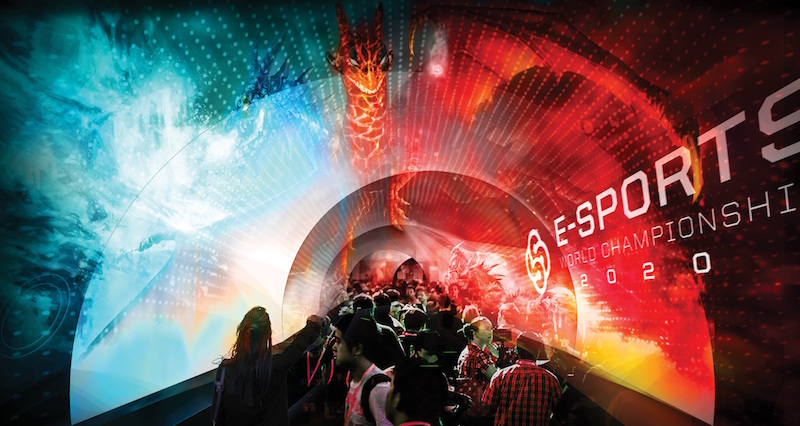 From the moment fans enter the arena (below) they will be immersed in the spectacle of the event by a smorgasbord of technology. Rendering courtesy Populous.
From the moment fans enter the arena (below) they will be immersed in the spectacle of the event by a smorgasbord of technology. Rendering courtesy Populous.
“There isn’t, at this stage, what I would classify as a traditional arena that has been dedicated to eSports,” says Brian Mirakian, Senior Principal with Populous and Director of the firm’s fan experience design practice, Populous Activate. “We think that is going to happen in the pretty near future. I see it within the next three to five years, maybe sooner.”
In 2017, the Intel Extreme Masters event, held in Katowice, Poland, drew a record 173,000 fans to the multipurpose Spodek Arena. In addition to the fans that attended the event and accompanying festival, another 46 million unique viewers watched online from around the world. In order to lure some of those streamers out of their homes and to the actual eSports events, more dedicated, purpose-built spaces are needed.
These second-generation eSports arenas need to provide an experience fans can’t get at home. Jumbotrons, assigned seating, and $7 hotdogs aren’t going to cut it with this crowd.
See Also: One Transformable Ceiling, three fan experiences
Anatomy of an eSports arena
Determining what the eSports fan wants in an eSports arena experience is difficult, simply because their desires differ from that of fans of traditional sports.
“A lot of fans actually prefer to sit back from the stage, which runs contrary to other sports where you want to be as close to the action as possible,” says Mirakian, a BD+C 40 Under 40 Class of 2015 honoree. The action during an eSports event occurs on screen, so sitting farther away provides a better view. The seats themselves will have the ability to tilt back to allow for more optimized viewing of screens that are above the competition stage.
There’s a catch, though. Even with these optimized, reclining seats, the eSports fan doesn’t want to spend their entire time sitting in one spot watching a screen—they can do that at home, for free. These eSports arenas need to provide something the average eSports fan can’t get at home: a full-on social experience, says Ryan Gedney, Vice President and Senior Project Designer with HOK’s Sports + Recreation + Entertainment practice.
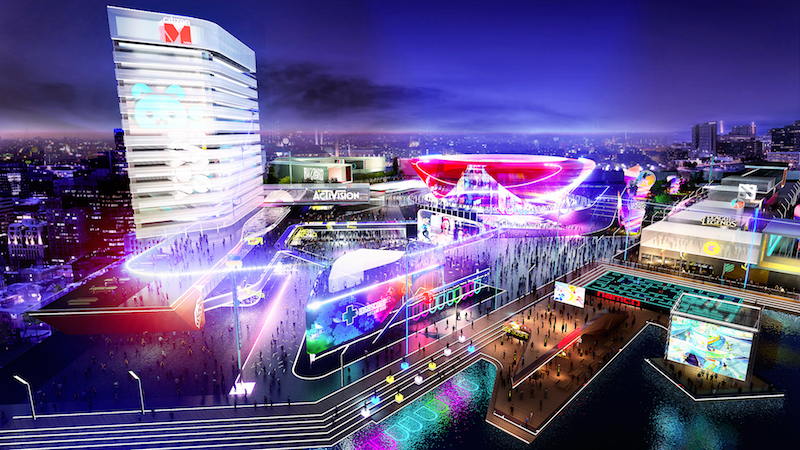 Different publishers (Activision, Nintendo) could have bespoke areas with themed food, beverage, entertainment, and souvenir offerings. Rendering courtesy Populous.
Different publishers (Activision, Nintendo) could have bespoke areas with themed food, beverage, entertainment, and souvenir offerings. Rendering courtesy Populous.
Gedney describes popular eSports events as more akin to music festivals rather than traditional concerts or sporting events. “They are trying to leverage multiple spaces, multiple competition scales, all at one time,” says Gedney, a BD+C 40 Under 40 Class of 2016 honoree. “There might be a main event in the primary seating bowl, but the plazas and lobby spaces are all working in concert together.”
Mirakian agrees. “There is a real opportunity for more social spaces, where fans can freely migrate to different zones throughout the venue, gather with like-fans and friends, and just watch from a standing position,” he says. “It’s a very different approach to how we have designed traditional seating bowls.”
It is this highly social, free-roaming, festival-like approach that designers believe will help draw more fans out of their homes to attend live eSports events. In order for this to work, however, fans need a deep sense of connection with the action on stage wherever they are within the venue. They also need a reason to move to other places in that venue.
Most eSports fans are young and affluent and have very different consumer spending patterns than generations before them. Energy drinks replace alcohol and typical stadium victuals—burgers, dogs, brats, pizza, pretzels—are swapped for healthier, localized options. The concourse is no longer just a connection point between fans’ seats and food and drink options—it becomes a crucial link to the gaming action and a hub where fans and friends can meet and socialize.
“We’re talking about a completely different event experience,” says Mirakian.
A dedicated eSports arena becomes its own mini entertainment district. General admission passes replace assigned seating, allowing fans to come and go as they please and roam the various spaces during events.
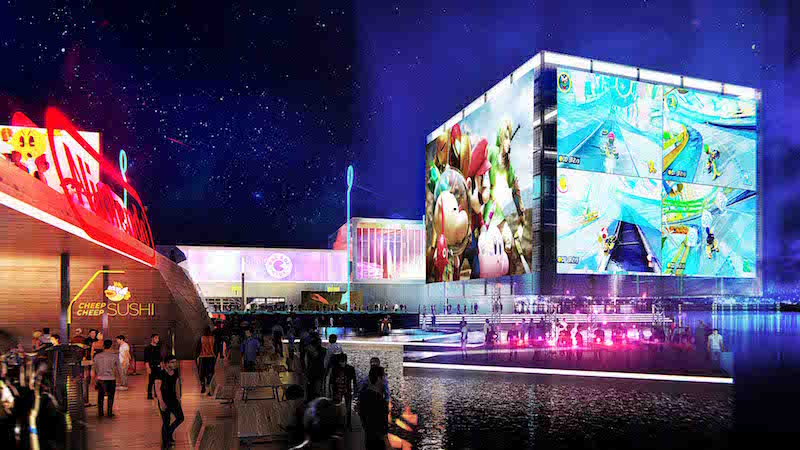 No matter where a fan may roam, they will always be connected to the action via strategically placed displays. Rendering courtesy Populous.
No matter where a fan may roam, they will always be connected to the action via strategically placed displays. Rendering courtesy Populous.
Design eSports arenas with the future in mind
Naturally, the most important aspect of a dedicated eSports arena is the way in which technology is integrated, both from a fan perspective and a competitor perspective.
“The embellished drama of the event is through technology,” says Gedney. “How best do we celebrate this gladiatorial sport when, ultimately, the conflict is through 1s and 0s on a display? It is very much centered around technology.” Large-format HD displays, augmented reality, and virtual reality are all going to play an important role in the eSports arena of the future, says Gedney.
Populous is exploring the idea of a centralized stage feature that would allow for holographic information to be projected onto it, or for use with augmented reality. Many of the games that are popular in the competitive world, such as Dota 2 and League of Legends, involve complex action and strategy taking place on peripheral maps. Augmented reality and a holographic display would simplify this action for fans and allow them to follow along more closely with integrated displays that surround the center feature.
Gedney sees the future of augmented reality at eSports arenas reaching an even higher level of integration, possibly even eliminating the need for physical signage and wayfinding. In order for this to work, these stadiums are going to need to provide the Bluetooth and WiFi capabilities to support crowds of anywhere from 3,000 to 10,000 people, all wearing AR glasses.
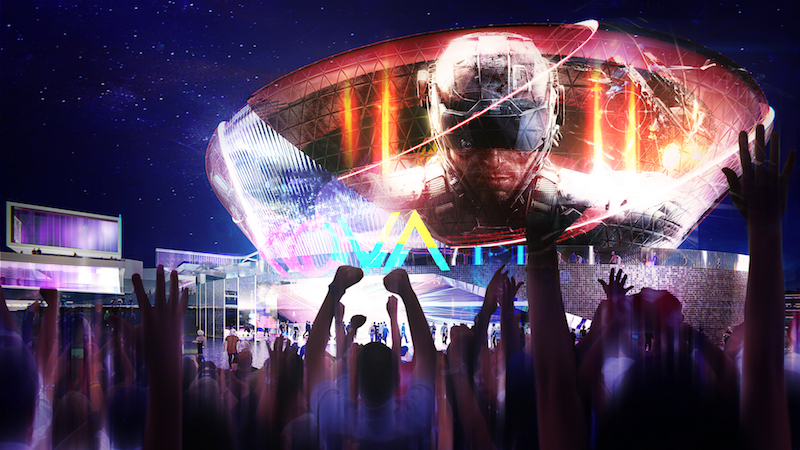 A dedicated eSports arena could become more akin to a theme park and a music festival rolled into one. Rendering courtesy Populous.
A dedicated eSports arena could become more akin to a theme park and a music festival rolled into one. Rendering courtesy Populous.
Virtual reality experiences in various locations throughout a venue would give fans the ultimate front-row seat by placing them directly in the middle of battles. VR stations at the Intel Extreme Masters event in Poland gave fans a 360-degree experience to view live stats, replays, and scores updated in real-time.
With the importance of and reliance on technology in eSports stadiums arises another problem: future-proofing. New technology is not atemporal, so how do AEC teams make sure these venues can evolve with the times and be easily updated and outfitted with the newest technology after it has been constructed?
See Also: With a new type of stadium comes a new type of premium seat
The key is to create a technological backbone, or chassis, to which the ever-evolving technology can be affixed, says Mirakian. “If you have a big enough technology pipeline where you can plug things in from a framework standpoint, that’s the important thing,” he says.
“Scaled up” is an apt term to apply to a dedicated eSports arena on all fronts: the technology, amenity offerings, and fan experience can reach heights that would be onerous with events held in multipurpose spaces. It becomes clear that the rising popularity of eSports and the desires of its fans lead inexorably to an incoming wave of dedicated eSports arenas.
“The purpose-built venue is going to be a big component that drives eSports,” says Mirakian. “Looking into the future is very exciting.”
eSports Market at a Glance
Revenue: $696 million worldwide (2017); $1.3 billion (F2020)
Audience: 385.5 million worldwide (2017); 589 million (F2020)
No. of events: 424 worldwide (2016)
Total ticket revenue: $32 million (2016), up 52% from previous year
Total prize money: $93 million (2016), also up 52% from previous year
Popular locations: North America (28%), Western Europe (26%), Eastern Europe (13%)
Audience breakdown: 71% male; 79% under 35 years old; 44% “high household income”
Related Stories
| Sep 26, 2013
6 ways to maximize home-field advantage in sports venue design
Home-field advantage can play a significant role in game outcomes. Here are ways AEC firms can help create the conditions that draw big crowds, energize the home team to perform better, and disrupt visiting players.
| Sep 24, 2013
8 grand green roofs (and walls)
A dramatic interior green wall at Drexel University and a massive, 4.4-acre vegetated roof at the Kauffman Performing Arts Center in Kansas City are among the projects honored in the 2013 Green Roof and Wall Awards of Excellence.
| Sep 19, 2013
What we can learn from the world’s greenest buildings
Renowned green building author, Jerry Yudelson, offers five valuable lessons for designers, contractors, and building owners, based on a study of 55 high-performance projects from around the world.
| Sep 19, 2013
6 emerging energy-management glazing technologies
Phase-change materials, electrochromic glass, and building-integrated PVs are among the breakthrough glazing technologies that are taking energy performance to a new level.
| Sep 19, 2013
Roof renovation tips: Making the choice between overlayment and tear-off
When embarking upon a roofing renovation project, one of the first decisions for the Building Team is whether to tear off and replace the existing roof or to overlay the new roof right on top of the old one. Roofing experts offer guidance on making this assessment.
| Sep 17, 2013
First look: BIG+MVVA proposal for Pier 6 at Brooklyn Bridge Park
BIG’s proposal for Brooklyn Bridge Park, a project that has revitalized the New York City waterfront, consists of a 6,000 ft2 (560 m2) triangular cross-laminated timber structure, serving both as pavilion and platform. Sloping upwards 17.5 feet (5.3 m) in height from the foot of the large gathering lawn, the platform provides magnificent views of the surrounding harbor, the Statue of Liberty, the Manhattan skyline, and the Brooklyn Bridge.
| Sep 11, 2013
BUILDINGChicago eShow Daily – Day 3 coverage
Day 3 coverage of the BUILDINGChicago/Greening the Heartland conference and expo, taking place this week at the Holiday Inn Chicago Mart Plaza.
| Sep 10, 2013
BUILDINGChicago eShow Daily – Day 2 coverage
The BD+C editorial team brings you this real-time coverage of day 2 of the BUILDINGChicago/Greening the Heartland conference and expo taking place this week at the Holiday Inn Chicago Mart Plaza.
| Sep 4, 2013
Smart building technology: Talking results at the BUILDINGChicago/ Greening the Heartland show
Recent advancements in technology are allowing owners to connect with facilities as never before, leveraging existing automation systems to achieve cost-effective energy improvements. This BUILDINGChicago presentation will feature Procter & Gamble’s smart building management program.
| Sep 3, 2013
'School in a box' project will place school in San Diego public library
Thinking outside the box, LPA Inc. is designing a school inside a box. With an emphasis on three E’s—Engage, Educate, and Empower—e3 Civic High is now being constructed on the sixth and seventh floors of a public library in downtown San Diego. Library patrons will be able to see into the school via glass elevators, but will not have physical access to the school.



